
Around 1 hour from Nizwa, in the spectacular Ad-Dakhiliyah region of Ad-Dakhiliyah, the Sahab by Al Nahda 4-star hotel is perched at an altitude of 2,000 metres, on the edge of gorges carved out of the Jebel Al Akhdar massif on the Sayq plateau.

From Nizwa, the former capital of the Sultanate of Oman, it takes around an hour to reach our holiday resort in the village of Al Aqur. Before reaching our destination, we take a road that passes through the old village and the oasis of Birkat al Mawz, then winds through a mineral landscape dotted with thorny scrubland that is popular with goats.
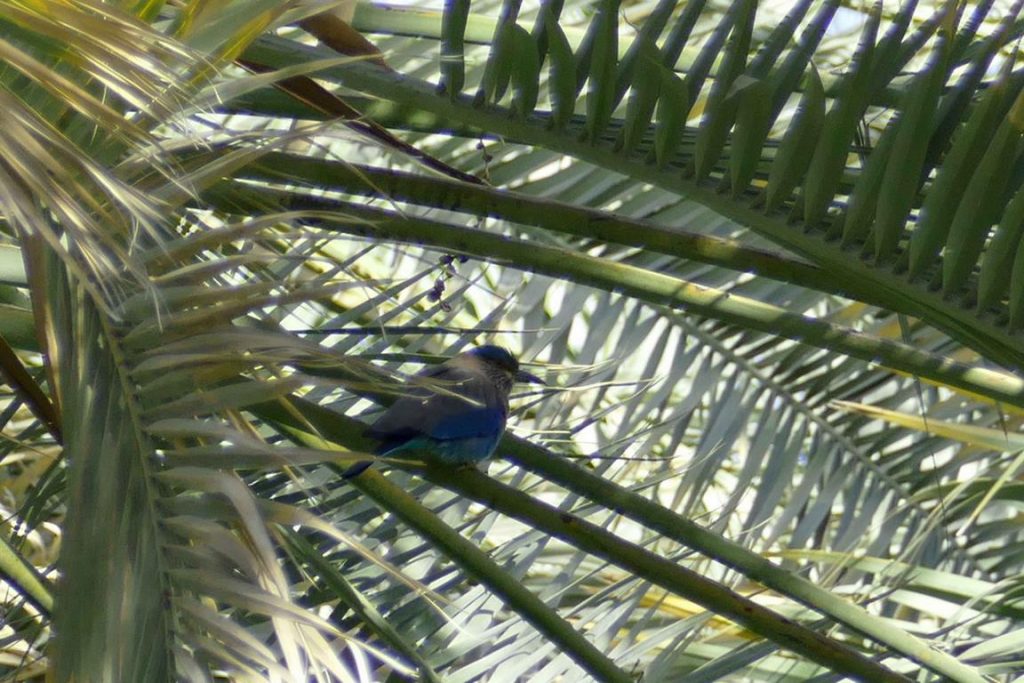
Before tackling the twists and turns and the mountain proper, a police checkpoint verifies that we have a 4-wheel drive, which is compulsory for crossing the Jebel Al Akhdar mountains.
Everything is in order and our driver can continue on his way, while keeping an eye out for oncoming traffic, because for some Omanis, the white lines are just decoration. We cross a few dry wadis where the vegetation becomes denser. The rest of the mountain alternates between rocky screes, almost desert-like expanses and huge military camps that are off-limits to photography.

It may seem funny at first sight to see so many luxury homes in every village, but quality of life, along with education and health, is a priority for Sultan Qaboos, who has managed so well to lead his country into modernity while preserving it from its excesses. Tourists have clearly understood this, and more and more of them are discovering the country every year. Ranked second in the world in terms of security, the "Switzerland of the Middle East" is a haven of peace where visitors are treated with respect.
An eco-friendly hotel
We discovered the Sahab by Al Nahda hotel at lunchtime. It was early November and the temperature was still mild. Just enough time to put our suitcases down, and here we are on the garden side.

The view plunges into a deep canyon that splits the plateau and cuts through terraces planted with lemon and olive trees and Damask roses, so famous for their perfume that you can smell them in the perfume shops in Muscat's souk. These furrows of greenery have given this Jebel its name of Green Mountain (Akhdar).
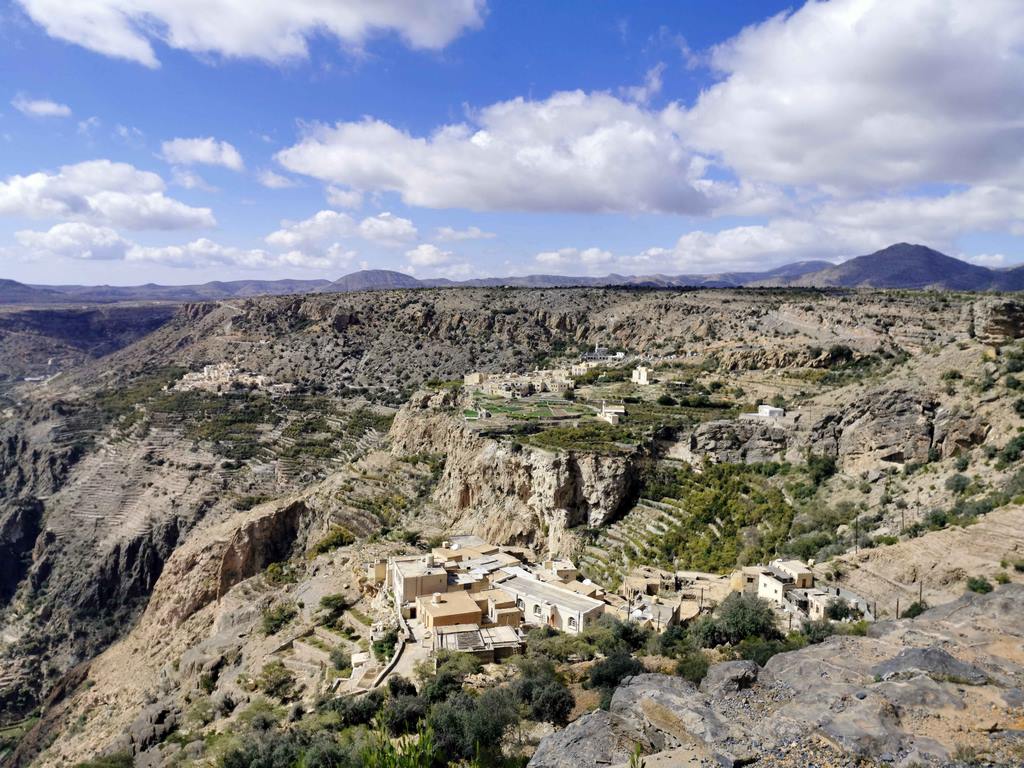
The hotel is clad in a predominantly brown limestone facing interspersed with ochre-coloured blocks, giving it a robust appearance in harmony with the dominant rocks of the Sultanate. Sometimes grey, sometimes sepia or white, depending on the amount of sunshine and the diversity of its mineral deposits. The vertical checkerboard pattern is repeated in the restaurant and lobby interiors.
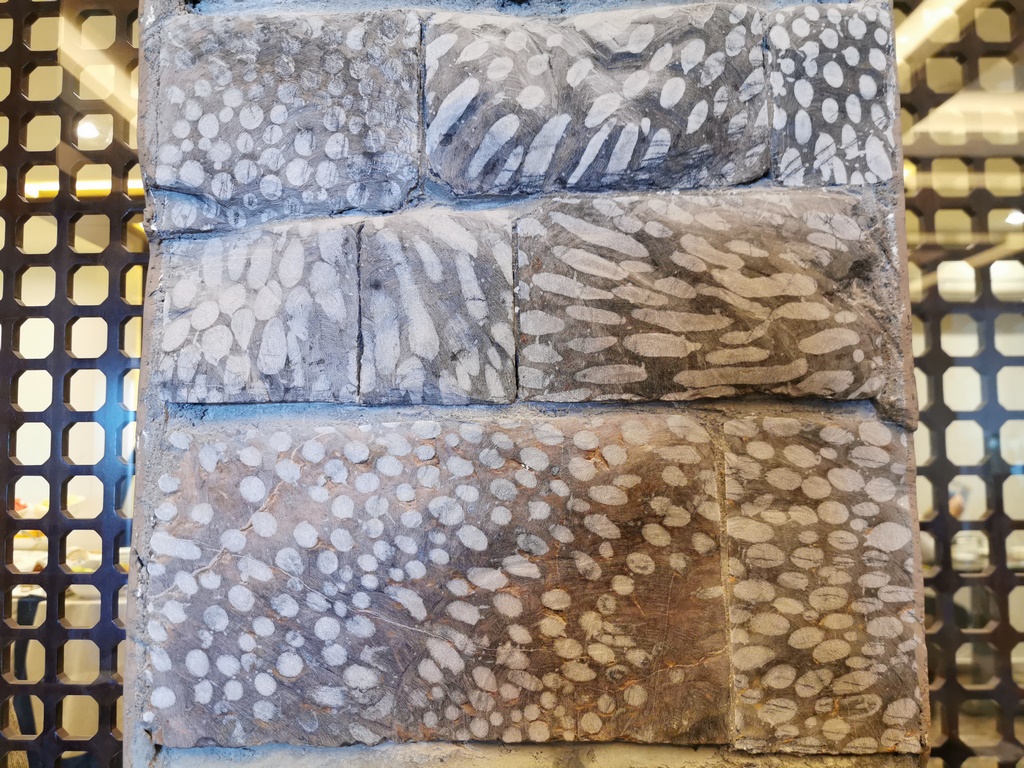
The rooms are arranged around the swimming pool and flowerbeds planted with cacti, olive trees and roses, and have their own private terrace.
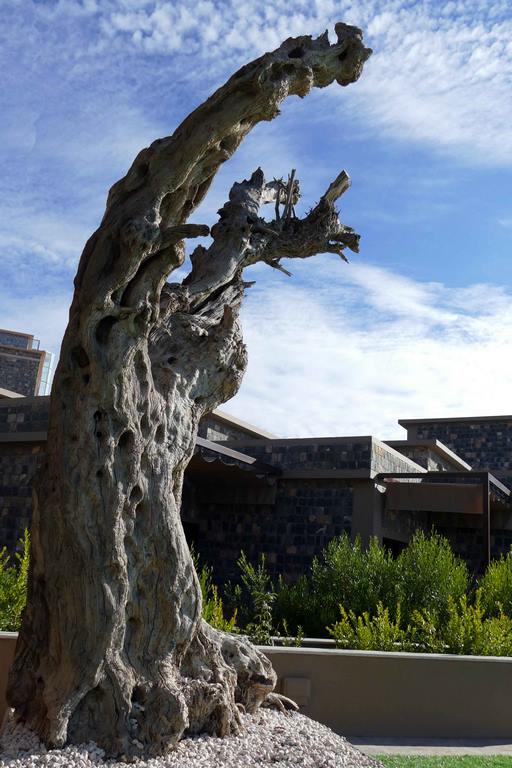
Whatever the season, the temperature is mild and you can make the most of the outdoors. Even in summer, when the mercury often rises above 40°C to 45°C in Nizwa, it's easy to lose 10°C on the Sayq plateau. What's more, the nights here are cool, which is appreciated by the locals who come here on holiday.
The pure air and absolute calm invite you to relax and unwind. In fact, the Emir of Qatar chose the plateau directly opposite the hotel to build a superb palace, which is currently being completed.
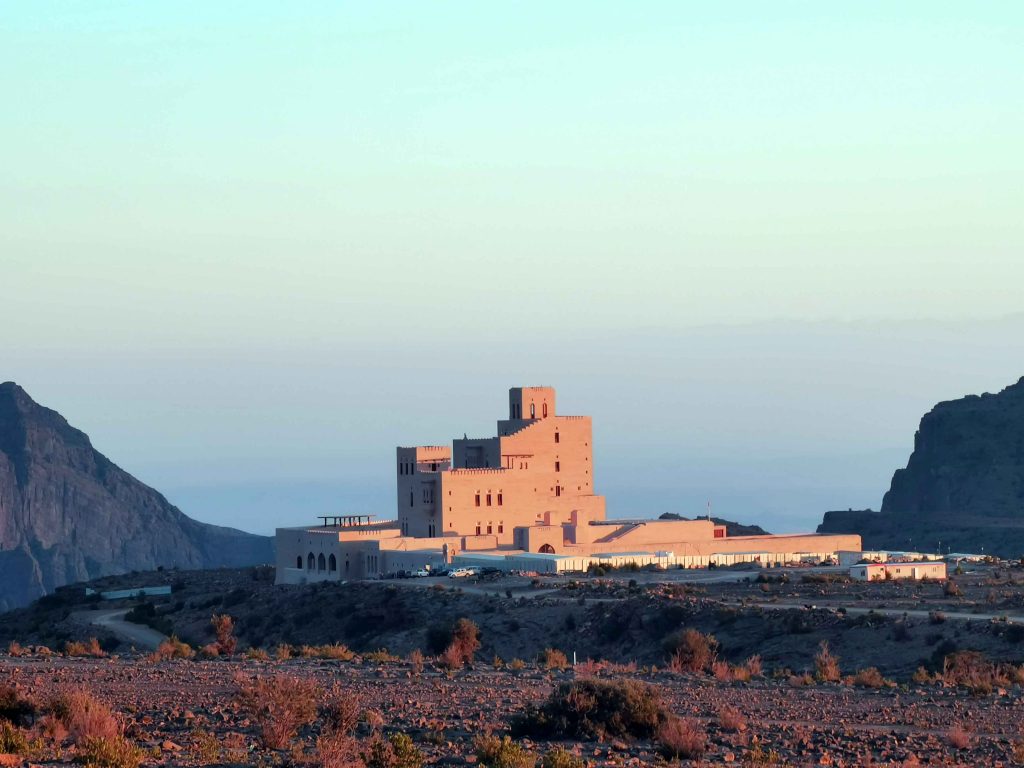
Things to see and do

The activities are in keeping with the area: hiking or mountain biking to discover the neighbouring villages, rock climbing, off-road 4X4, a siesta by the pool, and so on. Early risers can admire the sunrise over the mountain.
We opted instead for the Uru spa, run by an excellent masseuse from Bhutan. The treatment oils are designed by Dr Mary Ann, a specialist in phytotherapy and wellness for the Al Nahda group. A much-appreciated hour of bliss after a day's walking!
You can also explore the towns of Nizwa and Bahla Fort, which has been on UNESCO's World Heritage List since 1987.
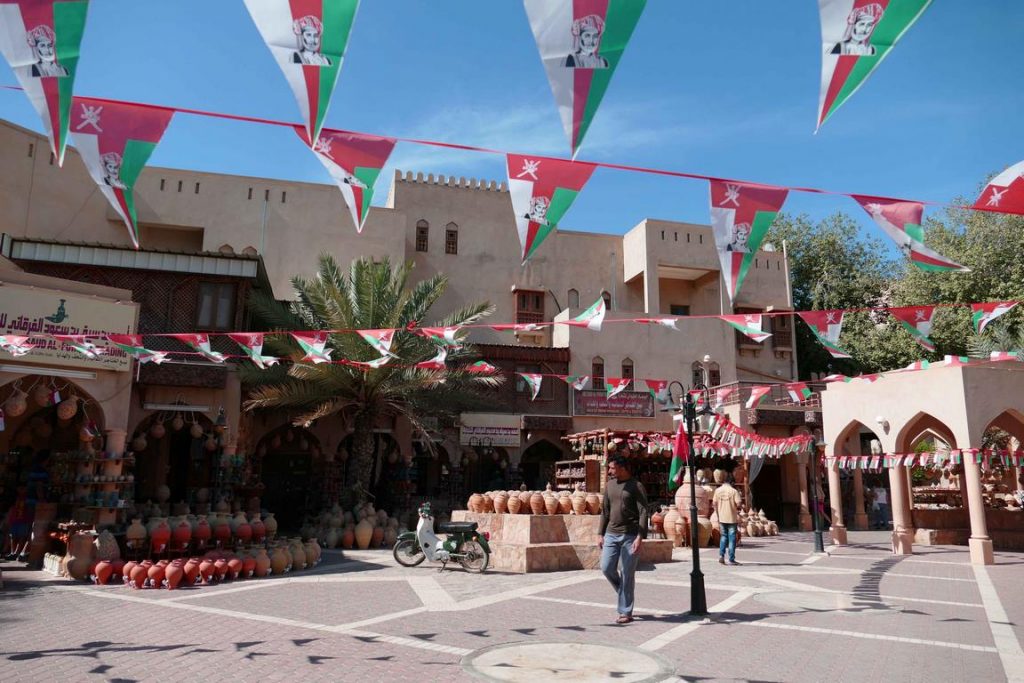

Wadi Bani Habib, the charm of a decayed past
The small abandoned village of Wadi Bani Habib is just a stone's throw from the hotel and well worth a visit.
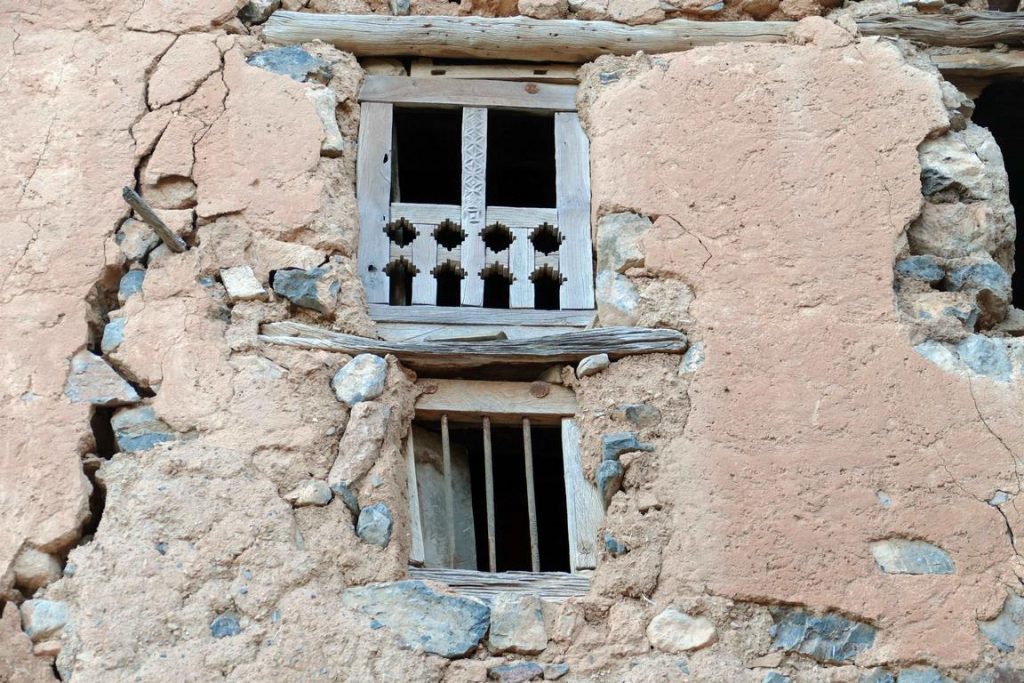
A steep staircase leads up to the first ruins on the hillside, above the junction of two wadis that were dry at the time. Built from a mixture of clay, stone, wood and straw, the houses have not stood the test of time, but the charm remains.
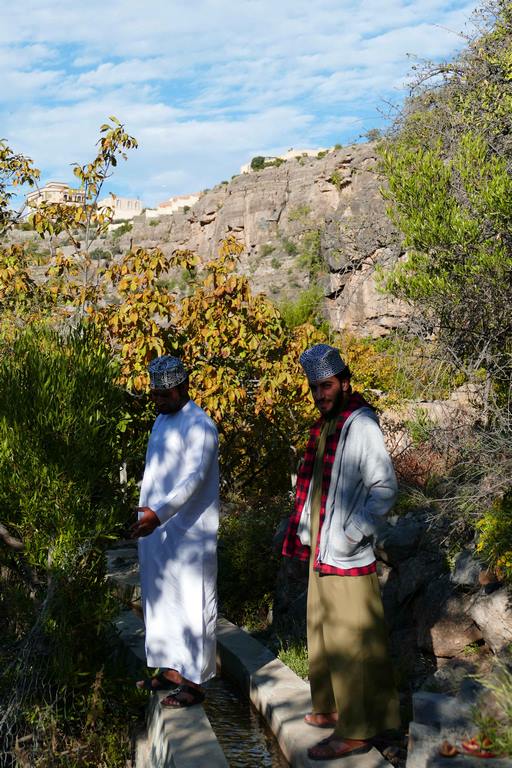
We cross a few terraces planted with pomegranate trees and irrigated by aflaj (plural of falaj, ancestral irrigation channels). Before returning to our hotel, we watch a magnificent sunset.
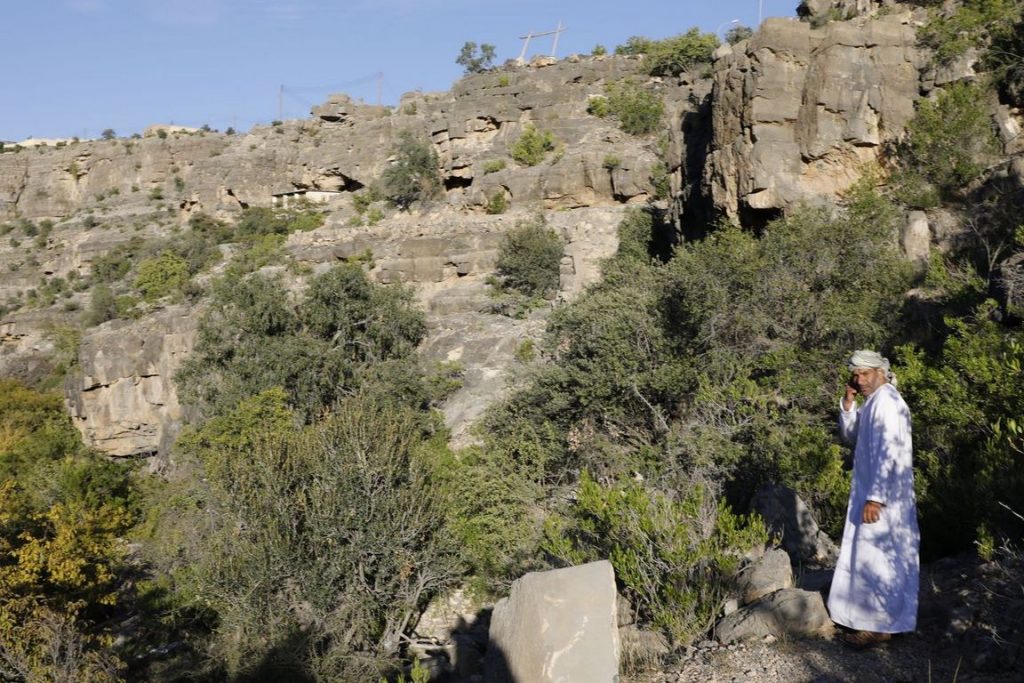

Sahab by Al Nahda 4* Hotel
This hotel is ideal for families as well as adventurers, trekkers and other nature lovers.
It has 27 spacious rooms equipped with all amenities, in 3 different categories: Studio rooms, Suite rooms & Family Suite. The decor is rather sober, influenced by Omani culture.
We particularly liked the friendliness of the staff, the Indian and Omani-inspired cuisine and the spacious room with its designer bathroom.
Address
111 Al Aqar, 621 Jabal Al Akhdar, Oman.
Tel: +968 9283 3051. www.sahabresort.com
Getting there
Oman Air
The flagship airline of the Sultanate of Oman, Oman Air operates a daily flight from Paris Charles de Gaulle Outbound: night flight and Return: day flight. It operates international flights from the capital Muscat to over 40 destinations around the world, including Asia.
The economy class offers excellent in-flight service, with individual screens, high-quality catering, progressive lighting and an air humidifier. There is plenty of legroom and elbow room, with 79 cm of space between each row. 30 kg baggage allowance (in 1 or 2 baggage items). A choice of 3 menus.
The on-board staff are smiling and attentive to passengers' needs.
Flights are operated by Dreamliner from the Paris stopover or by Boeing 787-9.
Voted "Best Business Class Airline in the Middle East" at the 2018 World Travel Awards, Oman Air also offers its passengers a very high standard Business Class.
https://www.omanair.com/fra/en
Finding a good guide
Arun Jayan
House of Travel
Phone: +968 24760542
Mobile: +968 93899190
http://www.khimjistravel.com
mail : a.jayan@kr.om
For more information
https://experienceoman.om/fr/
Text and Photos: Brigitte Postel

